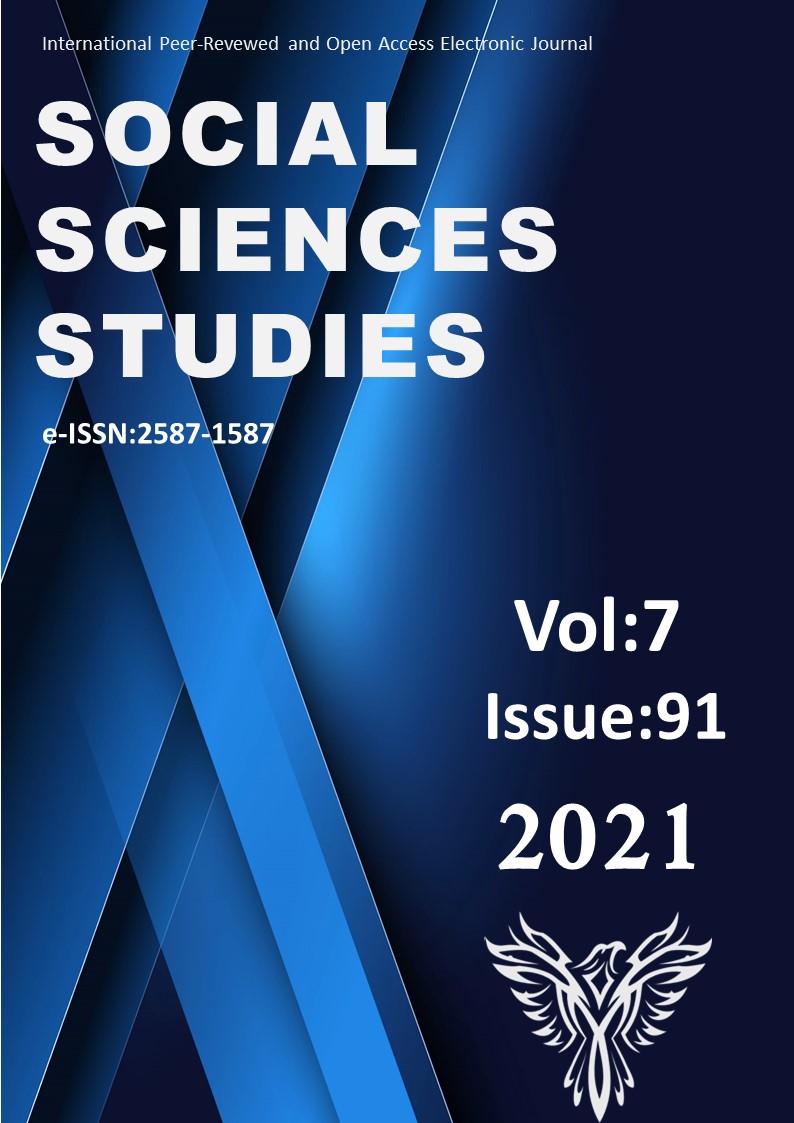ARDAHAN’IN ALTERNATİF TURİZM POTANSİYELİ BAKIMINDAN ARICILIK VE BAL ÜRETİCİLİĞİNİN DEĞERLENDİRİLMESİ
Author :
Abstract
Dünyada turizm hareketlerinin hızlanması ve çeşitlenmesi alternatif turizm türlerinin gelişmesinde önemli olmuştur. Bu kapsamda tarımsal üretimi de destekleyen turizm türleri kırsal kalkınma aracı olmaktadır. Hane halkı gelirinin zayıf olduğu, ana geçim kaynağının tarımsal faaliyetlere dayandığı ve işsizlik oranın yüksek düzeyde gerçekleştiği Ardahan ilinde ekonomik yapı büyük ölçüde hayvancılık ve tarıma dayalıdır. Özellikle arıcılığın ve bal üretiminin artması bölgenin önemli geçim kaynağı olmaktadır. Yeni iş alanlarının oluşması ve istihdam imkânlarının arttırılması amacıyla arıcılık ve bal üreticiliği önemli bir tarımsal faaliyet olarak kırsal kalkınmanın sağlanmasında önem arz etmektedir. Aynı zamanda alternatif turizm türleri kapsamında kırsal turizm, agroturizm ve gastronomi turizmi ile birleşen bu yöndeki uygulamalar Ardahan ilinin kalkınmasında önemli olacaktır. Bu çalışmada Ardahan ilinin sosyoekonomik durumunu ve arıcılık ve bal üreticiliğinin bölge üzerindeki katkısı incelenerek alternatif turizm türleri kapsamında önerilerde bulunulmaktadır.
Keywords
Abstract
Alternative tourism types have developed. Acceleration of tourism movements in the world. In this context, tourism types that support agricultural production are also a means of rural development. The household income is weak, the main livelihood is based on agricultural activities, and the unemployment rate is high in Ardahan. The economic structure in the province is based on animal husbandry and agriculture. Especially beekeeping and increase in honey production is an important source of income for the region. Beekeeping and honey production are important agricultural activities to increase new business areas and employment opportunities. This activity is to ensure rural development. At the same time, rural tourism, agro-tourism, and gastronomy tourism within the scope of alternative tourism types will be important in the development of Ardahan province. In this study, the socioeconomic status of Ardahan province and the contribution of beekeeping and honey production to the region will be examined. Suggestions are made within the scope of alternative tourism types.





